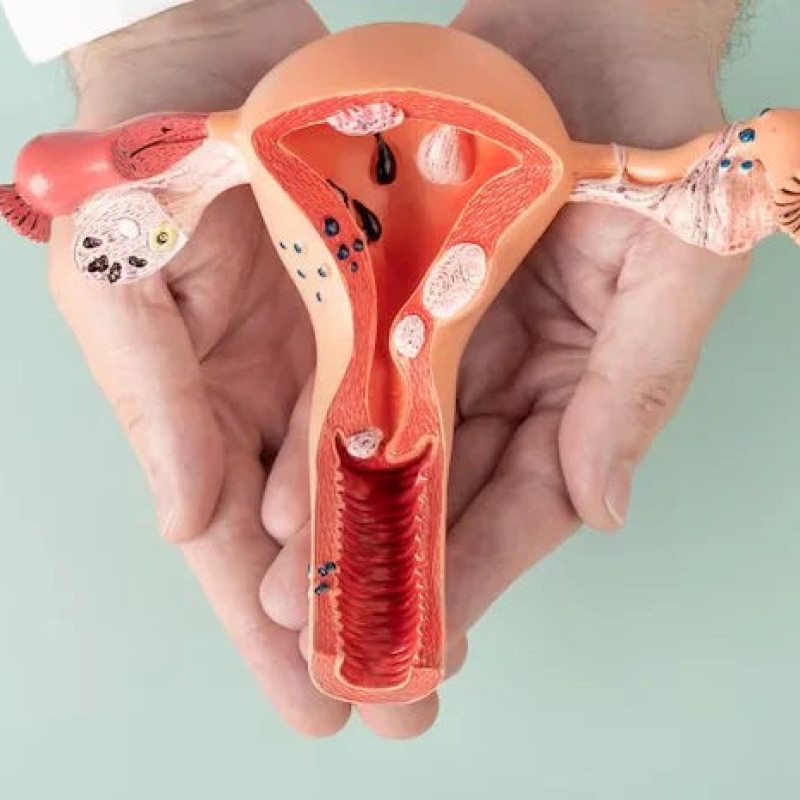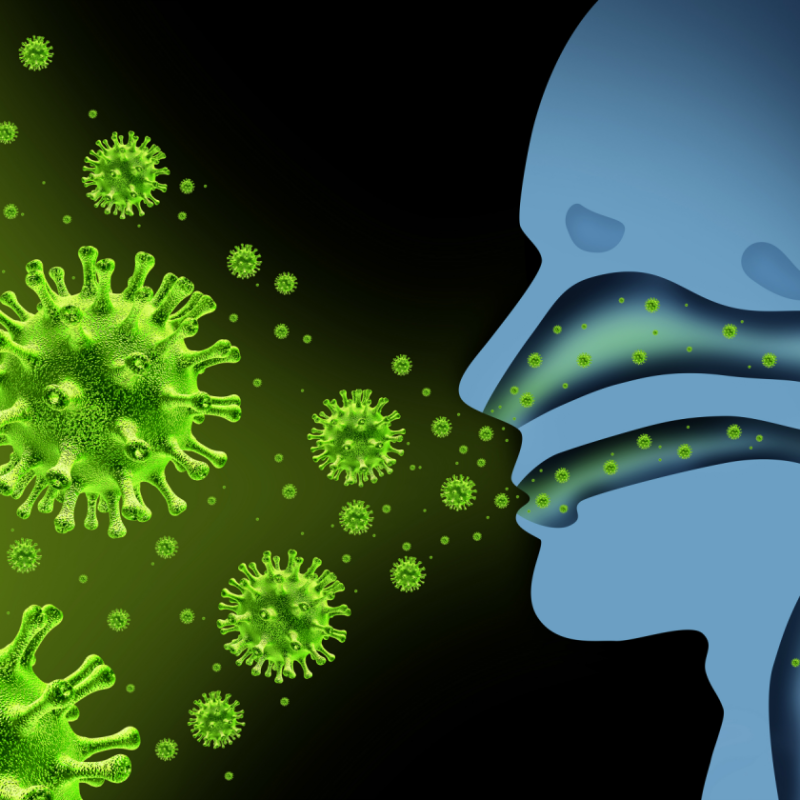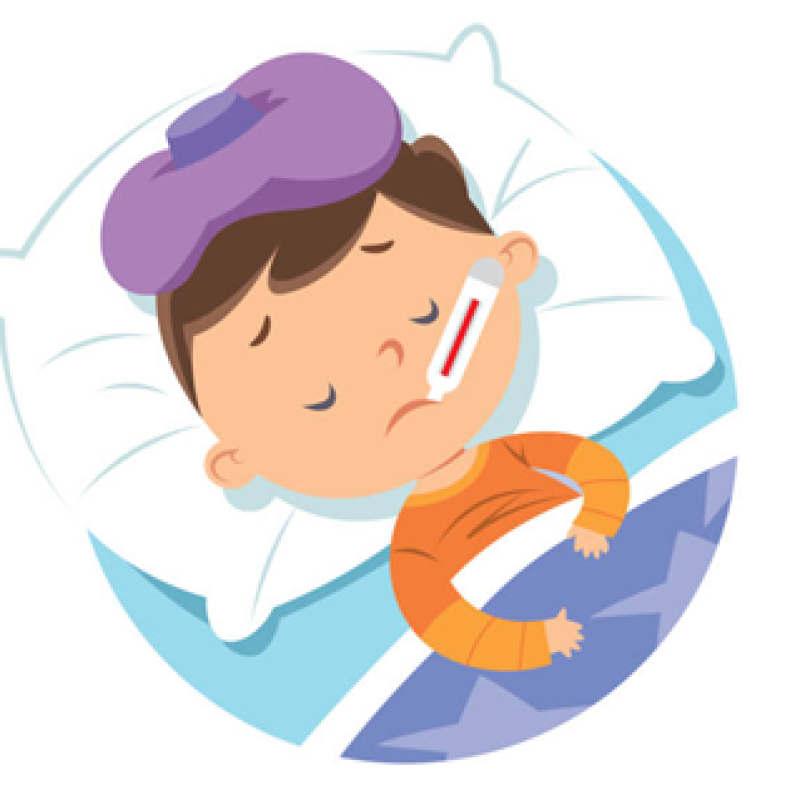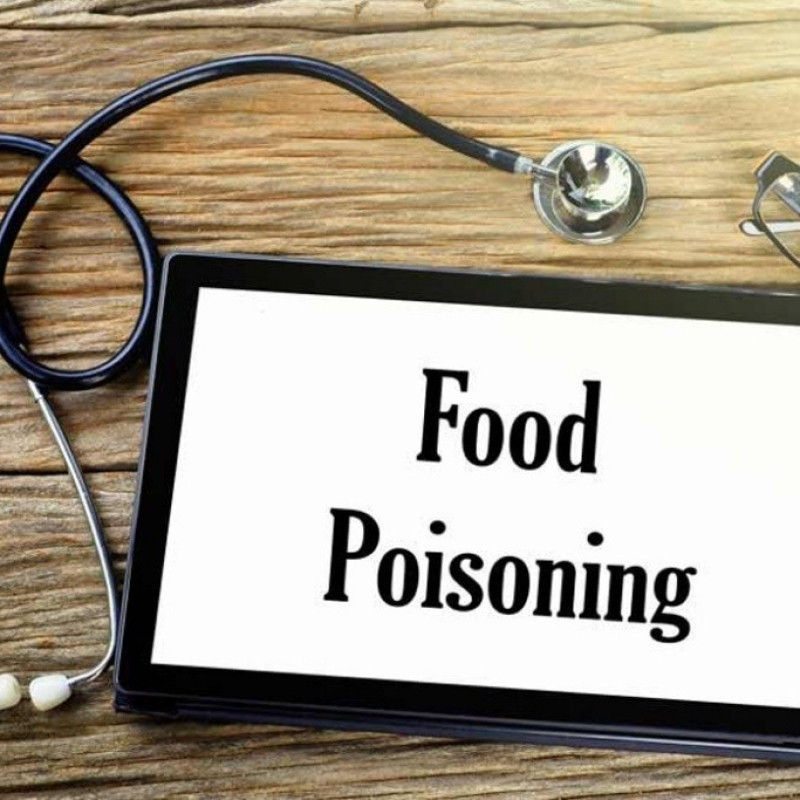
Hand-foot-and-mouth disease (HFMD) is a common viral illness that primarily affects infants and young children but can also occur in adults. Despite its alarming name, HFMD is usually mild and self-limiting, but understanding its symptoms, treatment, and prevention measures is crucial for effective management.
Symptoms

HFMD typically begins with a fever, sore throat, and a feeling of being unwell. Within a day or two, painful sores or blisters may develop on the hands, feet, and in the mouth. These blisters can be uncomfortable and may lead to difficulty eating or drinking. Additionally, some individuals may experience a rash on the buttocks or legs. While the symptoms of HFMD can be distressing, they usually resolve within a week.
Causes

HFMD is most commonly caused by the coxsackievirus, particularly strains A16 and Enterovirus 71. These viruses are highly contagious and spread through close personal contact, respiratory droplets, and contact with contaminated surfaces. Outbreaks often occur in childcare settings, schools, and other crowded environments.
Treatment

Currently, there is no specific treatment for HFMD. Supportive care aimed at alleviating symptoms is the primary approach. Over-the-counter pain relievers such as acetaminophen or ibuprofen can help reduce fever and alleviate discomfort. It is important to stay hydrated by encouraging them to drink plenty of fluids like Hydroco (coconut water which contain high potassium levels and high electrolytes to stave off dehydration), milk and fruit juice and offer soft, bland foods like oatmeal, mashed potatoes and eggs to ease swallowing if mouth sores are present. Avoid giving foods that are acidic or spicy which can irritate the blisters and sores in the mouth and throat. Moreover, colostrum supplement is the natural immunity booster which can strengthening their immune system. Additionally, maintaining good hygiene practices, such as frequent handwashing, can help prevent the spread of the virus.
Prevention

Preventing the spread of HFMD involves practicing good hygiene habits. Encourage regular handwashing with soap and water, especially after using the bathroom, changing diapers, and before eating or preparing food. Disinfect frequently touched surfaces and objects, such as toys and doorknobs, to reduce the risk of contamination. If your child is diagnosed with HFMD, keep them home from school or daycare until they are no longer contagious, typically about a week after the onset of symptoms.
Conclusion
Hand-foot-and-mouth disease is a common childhood illness that can cause discomfort and inconvenience. While there is no specific treatment, supportive care and preventive measures can help manage symptoms and reduce the spread of the virus. By staying informed and practicing good hygiene habits, we can work together to protect our families and communities from HFMD outbreaks.
Remember, if you suspect you or your child has HFMD, consult a healthcare professional for guidance and appropriate management.







